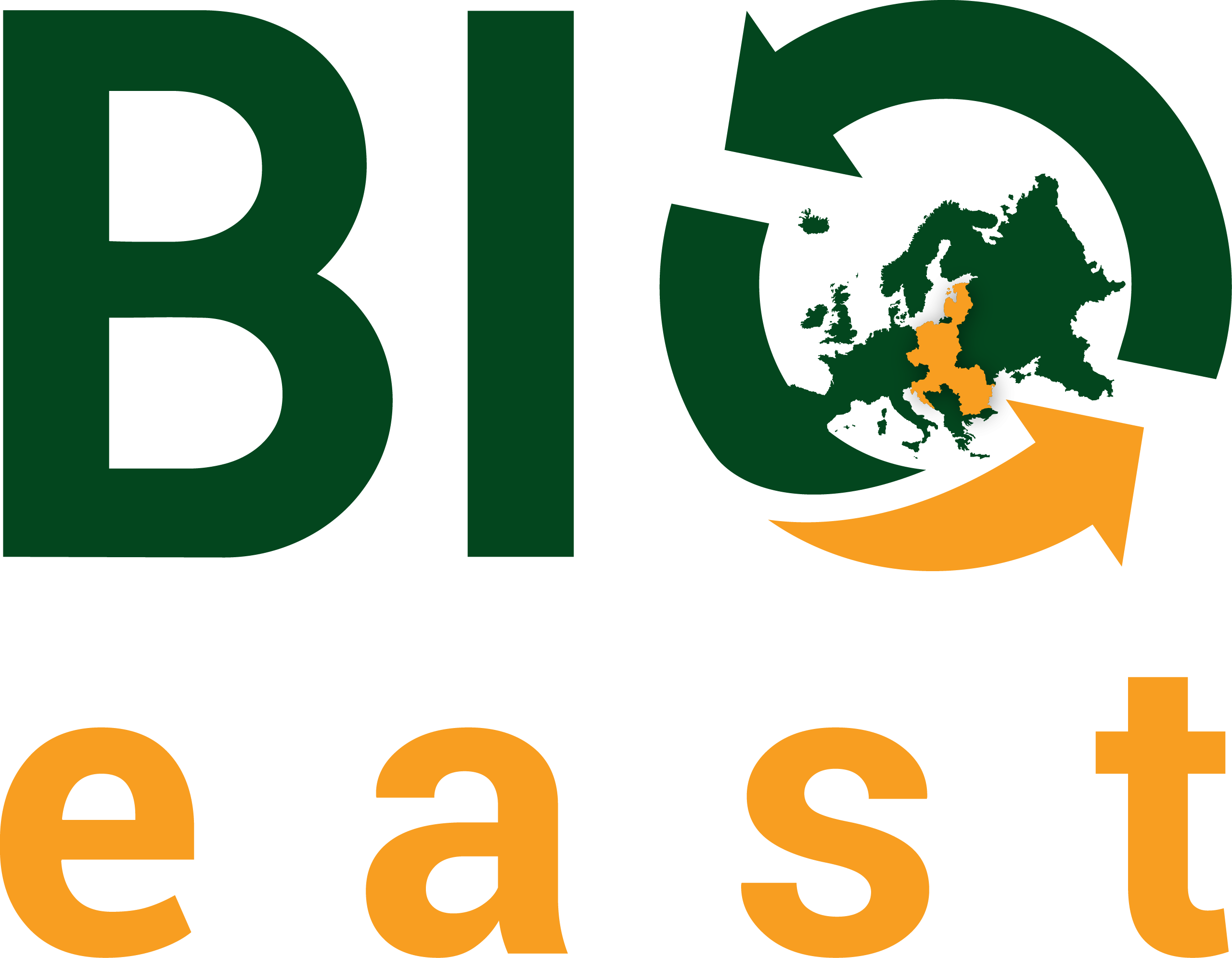MISSION
Through the BIOEAST Initiative, the Central and Eastern European (CEE) countries set the vision for 2030 to develop knowledge and cooperation based circular bioeconomies, which helps to enhance their inclusive growth and to create new value-added jobs, especially in rural areas, maintaining or even strengthening environmental sustainability.
The BIOEAST Initiative’s mission is to assist Central and Eastern European (CEE) countries to operationalise their vision for 2030 drawing on their potential and offering opportunities for:
1. A sustainable increase of biomass production, to become competitive and leading, high quality, food and feed producers worldwide;
2. A circular (“zero waste”) processing of the available biomass, to become key players in the development of new bio-based value chains;
3. Viable rural areas: to develop an innovative, inclusive, climate-ready growth model.
The BIOEAST Initiative has identified five challenges to be addressed. These challenges helped to scope the initiative and to set the goals and objectives.
CHALLENGES
C 1. Research and Innovation deadlock: the macro-region still suffers the drawbacks of poor R&I infrastructure. The uptake and deployment at full scale of research results into practice and the inputs of practitioners into research need to be improved.
C 2. Stalemate in the bio-based value chains: Neither the traditional nor the innovative value-chains are fully exploited, the opportunities for creating value added processes locally are low or missing. The local rural development model should be based on small-scale investments and on small-scale biomass processing.
C 3. Governance impasse: A more systemic and integrated approach in decision-making is necessary to agree on a set of common principles for sustainable production and consumption.
C 4. Societal indifference: The rural communities of the CEE countries need to be strengthened economically and socially to fully exploit the potential of a knowledge-based, sustainable circular economy.
C 5. Financial barriers: Low access to finance and low level of synergies in public-private funds and investments – CEE countries are characterized by low level of private support to research and innovation and by low level of synergies between public and private funds and investments.
These challenges helped to scope the initiative and to set the goals and objectives.
SCOPE
S 1. Strategic thinking in bioeconomy: Develop bioeconomy strategies to tackle specific environmental and climatic challenges facing the CEE countries. Facilitate evidence-based policy making by developing bioeconomy-relevant statistical and administrative data. Support stability and socio-economic development in the CEE macro-region, within the framework of a reinforced solidarity between EU Member States and the countries covered by the European Neighborhood Policy.
S 2. Quality Food and Feed for Europe and for the World: To jointly develop and implement innovative solutions (or reinforce already existing ones) to improve the efficiency and sustainability of biomass production system.
S 3. Industrial boost for rural areas: To facilitate the creation of new value-chains and value-added jobs and competences in the CEE macro-region. To boost knowledge and innovation in rural communities, ensuring that they participate in the knowledge economy and maximize opportunities arising from advances in research.
Within this scope, general objectives are set to address the challenges to achieve the overarching mission.
OBJECTIVES
O 1. To develop strategies: to create a cross-sectorial approach for the development of national circular economy and bioeconomy strategies that are integrated into a broader, common strategy in all countries of CEE region aligned to the EU bioeconomy strategy and the common BIOEAST Initiative goals.
O 2. To cooperate and develop evidence-based policies: to establish a multi-stakeholder network and cluster under the BIOEAST Initiative level to facilitate joint actions, backed up by a renewed commitment to closer cooperation at both political and operational levels.
O 3. To identify common challenges and validate common research areas: to map specific challenges for a Strategic Research and Innovation Agenda and foster innovative multidisciplinary research and cooperation activities at national and macro-regional level. These should address the relevant common challenges of the BIOEAST Initiative member countries by means of common work carried out by experts, researchers and governmental officers as a follow-up to the Visegrad4+3 Common Declaration and a starting point for the discussion .
O 4. To provide the evidence base: to map and to establish data-driven support for the development and implementation of policies through the creation of an interoperable, fully integrated observing and forecasting system. This would promote continuous, long-term observation based on open data structures to guarantee easy access.
O 5. To improve skills: to increase the expertise of the actors involved by means of training and capacity building actions (incl. cross-border).
O 6. To develop synergies: to promote regional, national, EU and international funding opportunities to develop innovative technologies, methodologies and approaches. The purpose would be to boost the sustainable and circular economic growth of the European bioeconomy sectors and the conservation and upgrading of the regional environment, resources and cultural heritage.
O 7. To increase visibility: to draw attention to specific challenges and to the research and innovation potential of the macro-region, through involving the society and promoting public awareness.
